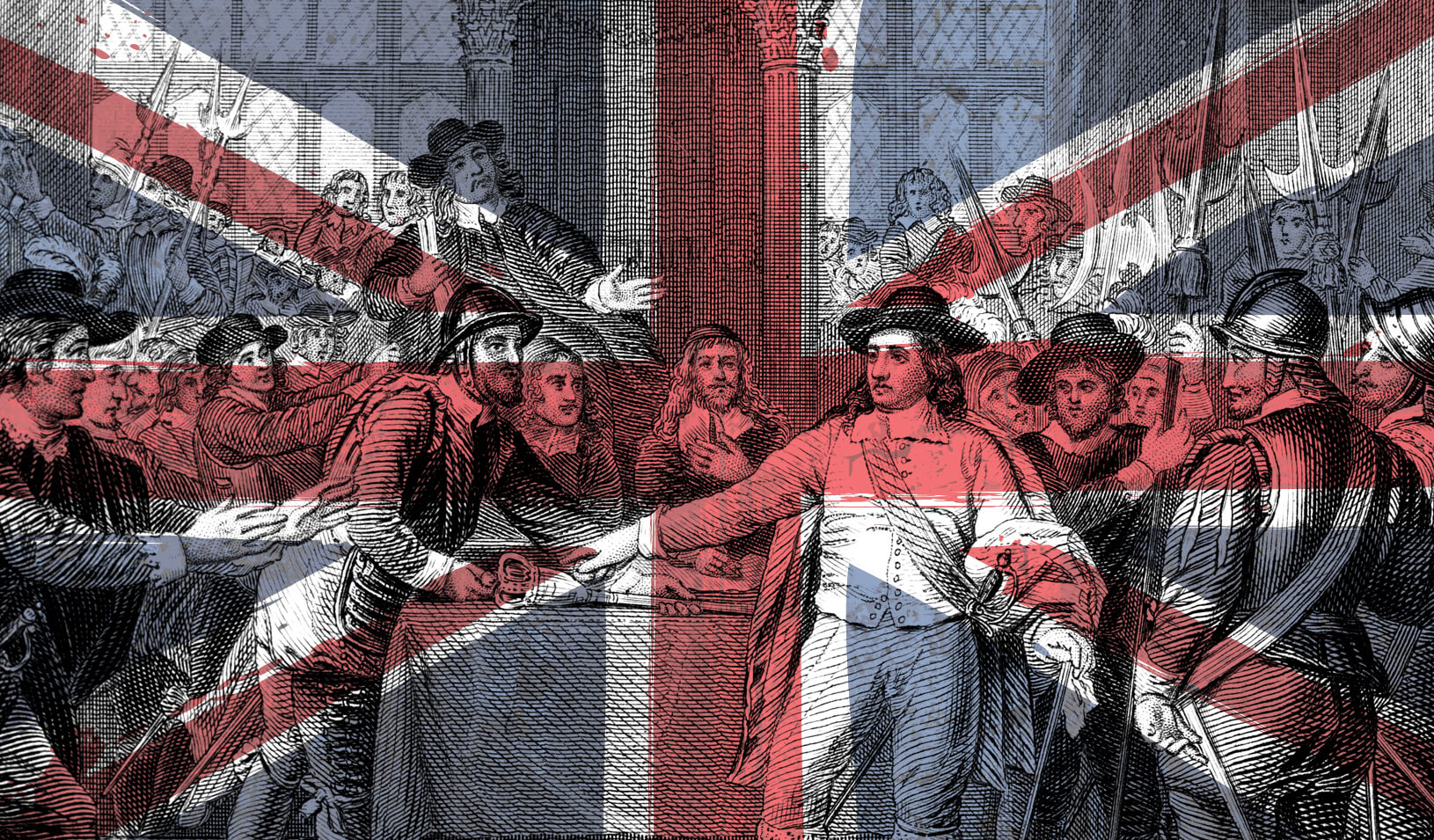
States could become policy experiment laboratories with the right incentives from the federal government. | Courtesy Tennessee Tourism
In 1932, Supreme Court Justice Louis Brandeis memorably remarked that the U.S. federal system allowed any individual state to be a “laboratory” for experiments in policy, without putting the rest of the nation at risk.
But as Steven Callander at Stanford Graduate School of Business shows in a new paper, the incentives for a state to become a “laboratory” are not nearly as straightforward as Brandeis made them seem.
Like companies, states are often in competition with each other. As a result, they may not want to invest in policy experiments — which have costs — if other states can just copy the successful ones. This is the “free-rider” problem, which economists have long described as an obstacle to innovation in general. In fact, states may sometimes have a perverse incentive to focus on policy experiments that are unattractive to similar states nearby.
“We just don’t care that much about each other,” Callander says wryly. “If we aren’t bound together as a federation, I just don’t benefit if you learn from my experiment. So I choose a policy that fits me perfectly, rather than a policy that’s OK for both of us.”
In a new paper with Bård Harstad at the University of Oslo, Callander uses economic modeling to explore the conditions that are likely to spur individual states to innovate in ways that are useful for the country as a whole and not just to themselves.
Their conclusion: a form of “progressive federalism,” in which the national government orchestrates a “sort-of tournament” between states to find the best solution to a problem. The state that comes up with the “winning” approach — the policy showing the best outcomes — gets to keep it, while the other states must adopt that winning policy, regardless of whether it aligns with their political ideology.
Although political conservatives may be disappointed, the researchers argue that this mix of state innovation and soft federal coercion is the best way for states to fulfill their promise as “laboratories of democracy.” If the process is working right, they say, the best overall policies will gradually become the law of the land. Over time, policies will also gradually become more centralized.
This isn’t just a theoretical prediction. For all the power fights between states and the federal government, the U.S. federalist system has in fact produced both policy innovation and a gradual centralization of policy. A similar process has been at work among the nations that belong to the European Union.
“In the U.S., people have been arguing over states’ rights and there have been constant fights over the proper responsibilities of the federal government,” Callander says. “Republicans argue that the responsibilities taken over by the federal government ought to be handed back to the states. But our point is that this back-and-forth between the state and federal levels is what creates the right incentives for experimentation.”
Like Justice Brandeis, Callander and Harstad assume that most policy innovation originates at the state level and that the best ideas percolate up to the national level.
But the trick, they say, is for the competing states to agree in advance that they will adopt the policy that got the best results.
In the United States, state governments usually don’t make any explicit commitments in advance to go along with the “winning policy.” But in practice, Callander says, the United States has a system in which successful state innovations do in fact percolate up and become national policy.
“It’s not articulated in the words of the Constitution, but implicitly it creates a fluidity between the state and federal levels,” he says. “That’s exactly the kind of mechanism that we’re describing.”
The longest-running of that mechanism may be the Commerce Clause of the Constitution, which gives the federal government authority to regulate interstate commerce. As interstate commerce (and cross-border issues) expanded, more and more areas of policy fell under the banner of federal law.
The biggest recent example of the “fluidity” of innovation between states and the federal government, Callander says, is the Affordable Care Act — aka Obamacare. Although individual states didn’t commit in advance to adopt the best approach to providing universal health coverage, President Obama and Democrats in Congress eventually embraced the elements of the most successful state approach that existed at that point: the one enacted by Massachusetts under then-Gov. Mitt Romney.
Callander says this “progressive federalism” avoids the problems that come from an entirely top-down approach and a totally decentralized approach.
“If you have an all-powerful central government, the federal government just does what it wants and tells the states to do it,” Callander says. “But that isn’t a good idea because states usually have good information about what works and what doesn’t.”
On the other hand, Callander and Harstad say, fully decentralized policy experimentation doesn’t work well, either. That’s because individual states often have no desire to invest in experiments that will ultimately bring more benefits to other states than it does to them. Indeed, they say, the more that neighboring states are similar to each other — and more like head-to-head competitors — the less likely they will be to want to help each other out.
As Callander describes it, the solution lies with a “clumsy central government” that can’t dictate very much but can nudge the states to move in the same direction.
“A lot of people may think that the federal government is meddling, but our argument is that this guidance is exactly what’s needed to unleash the full power of laboratory innovation,” Callander says. “It’s not usurping the power of the states. It’s not a power grab. It’s integral to having the laboratories working to their maximum effect.”
Steven Callander is a professor of political economy at Stanford Graduate School of Business. Bård Harstad is a professor of economics at the University of Oslo.
For media inquiries, visit the Newsroom.






